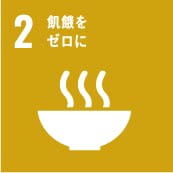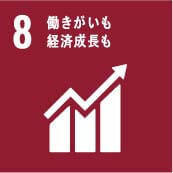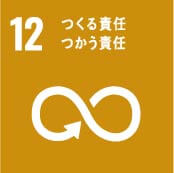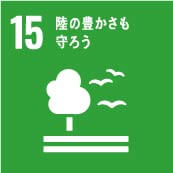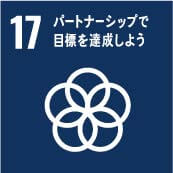Gokase Town Kamairicha: The flavor and aroma of tradition
- Gokase Midori Teas Mr. Yoichi Korogi
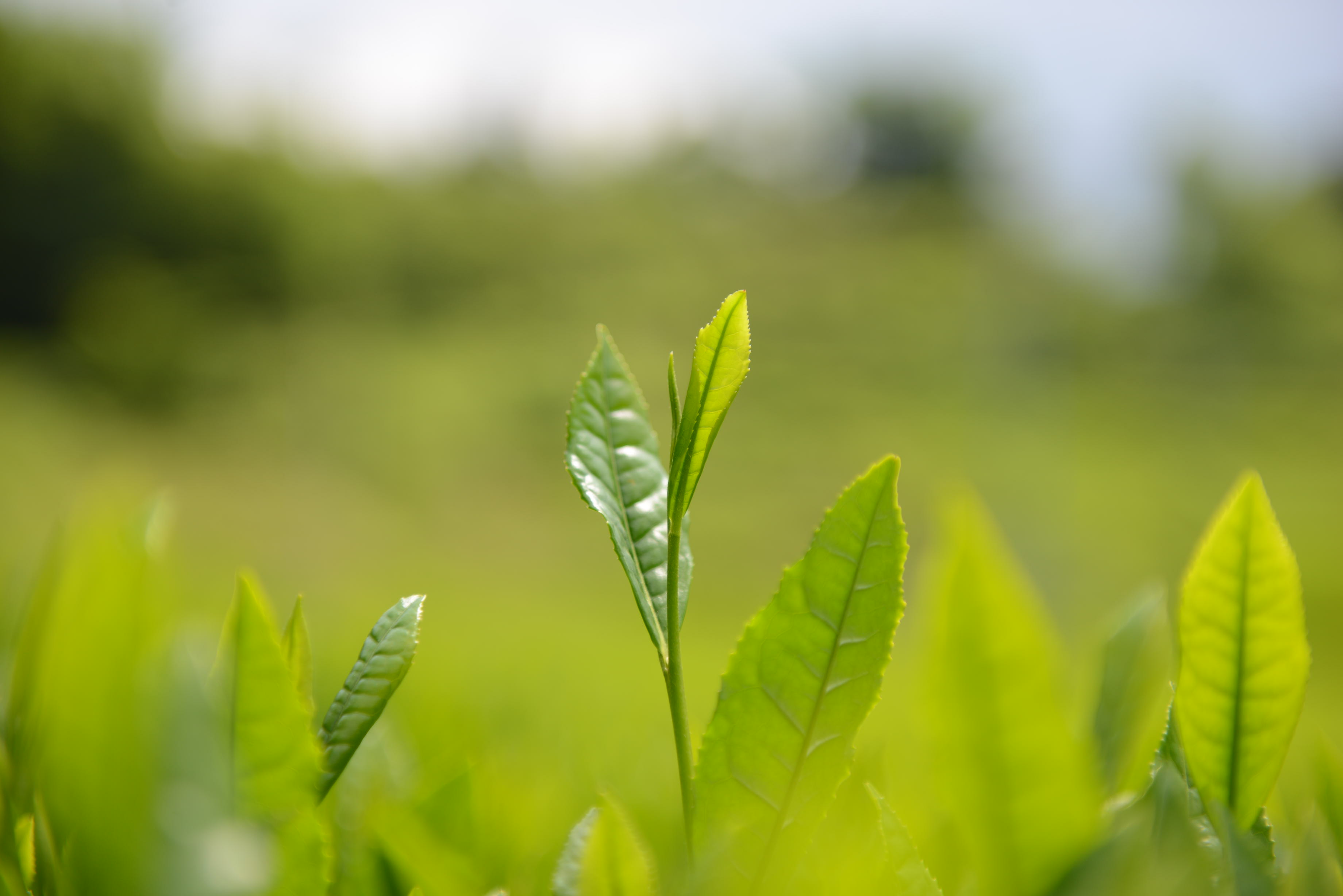
A rare Japanese tea that accounts for less than 1% of all domestic teas
In the town of Gokase, tea leaves are cultivated on fields that are lined up like stairs at altitudes of 500 to 800 meters.
Among the cooler regions of Miyazaki Prefecture, this area is blessed with a combination of natural conditions such as precipitation, soil quality, and fog suitable for growing high-quality tea leaves, and that is proven by the fact that tea can be seen growing abundantly in the wild. Since pests are not a significant issue here, it is possible to grow tea leaves without the use of chemicals.
This town produces a very rare kind of Japanese tea called kamairicha, which translates to "pan-fried tea."
Pan-frying is conducted to stop the fermentation of tea leaves, and the method was imported to Japan from China in the 15th century. For ages, this style of tea was cherished in Japan as a tea for the commoner.
However, since the method to steam the tea leaves became mainstream in the 18th century, kamairicha has only been made in limited areas within the Kyushu region. Today, the tea has become quite rare, accounting for less than 1% of all Japanese tea produced domestically.
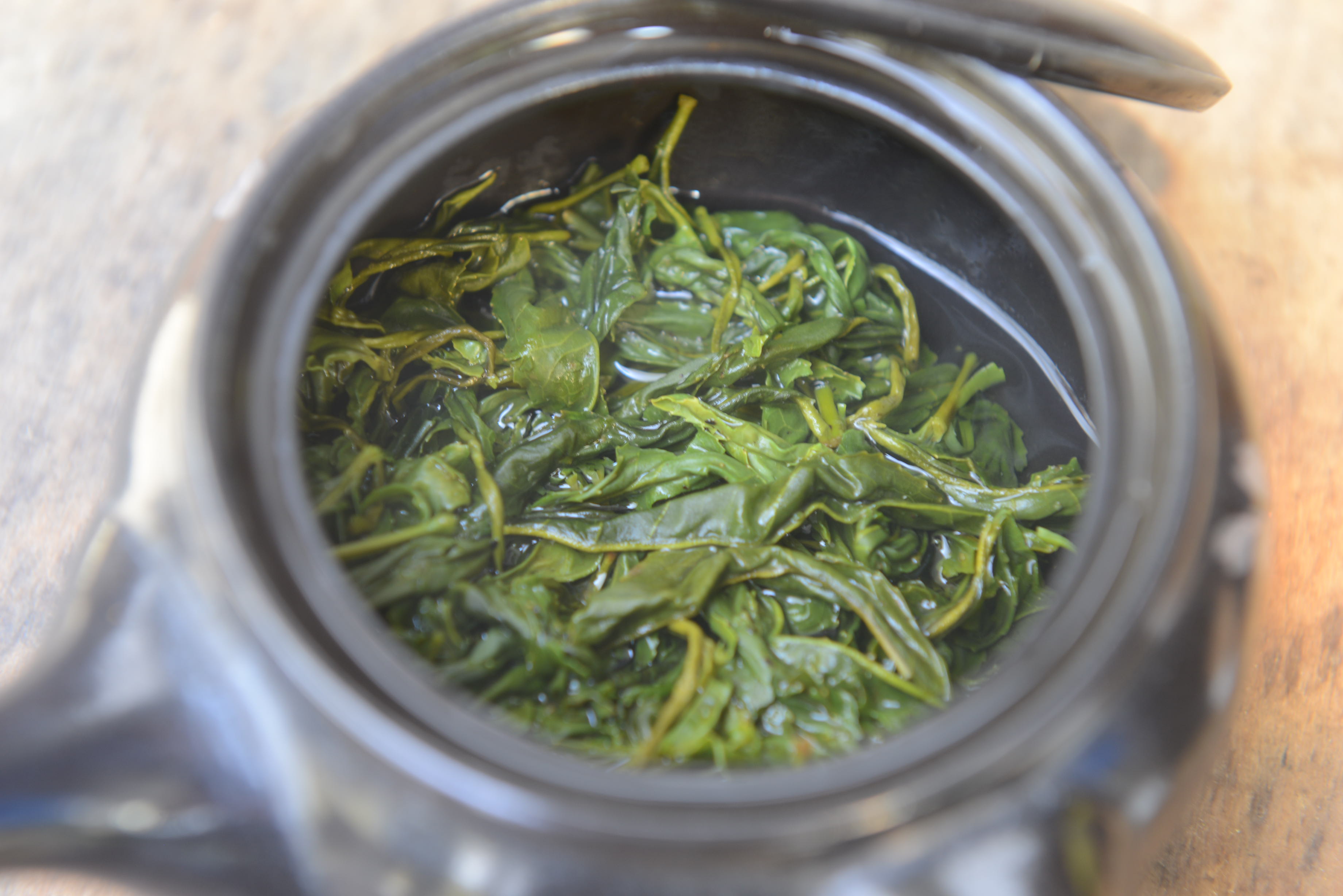
The superior aroma of kamairicha
It is not just the production methods that set pan-fried tea leaves and steamed tea leaves apart.
Steamed tea is characterized by how it showcases the fresh, plant-like flavor of the leaves, whereas pan-fried tea is marked by how it removes that very flavor through the pan-frying process.
What comes forth instead is an abundance of the rich aroma from deep within the leaves.
That unique roasted aroma, called kamaka, which means "aroma of the pan," can easily and immediately be discerned from the aroma of steamed tea leaves.
As its flavor is light and refreshing with very little astringency, the tea goes down so smooth that one could keep drinking it cup after cup.
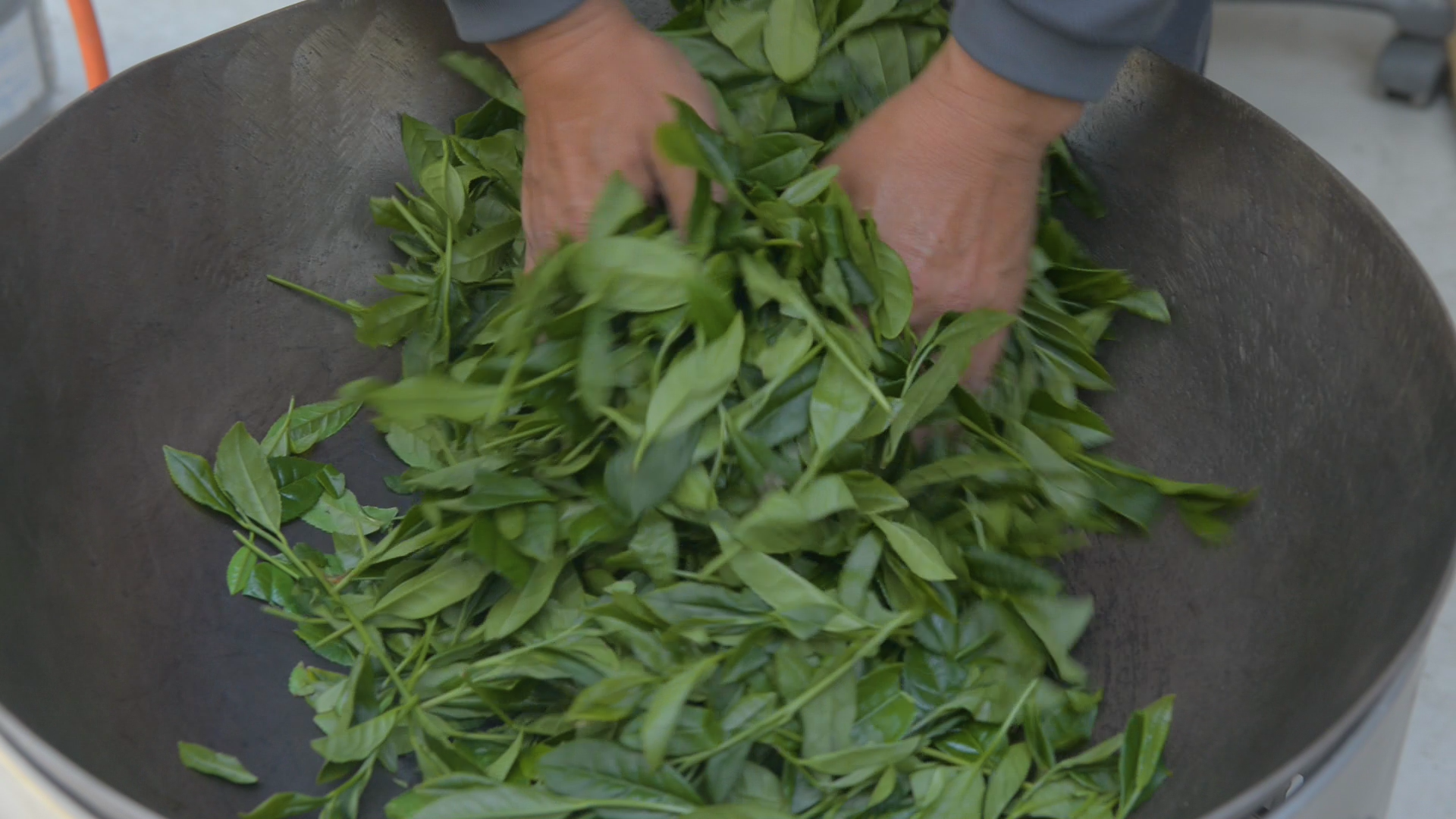
Professional skills shine in the simplicity of the process
To make kamairicha, freshly picked tea leaves are first fried on an iron pan heated to 300 degrees Celsius.
While taking caution not to touch the hot pan, professionals constantly stir the leaves so that they are heated evenly. In addition, the pan-frying is done in a way so that the leaves take in a lot of air.
Then the leaves are taken off the heat and spread out on a sieve, where professionals use the palm of their hands to roll and knead the leaves. As the leaves must be rolled with just the right amount of pressure so as not to damage the fibers too much, this process calls for the exquisite skills of a professional.
Through the repetition of rolling and drying, the tea leaves take on the round, curved magatama shape they are known for.
Although simple, the processes to make this tea demand painstaking work. And that is exactly why the skills of the tea makers greatly affect the quality of the finished product.
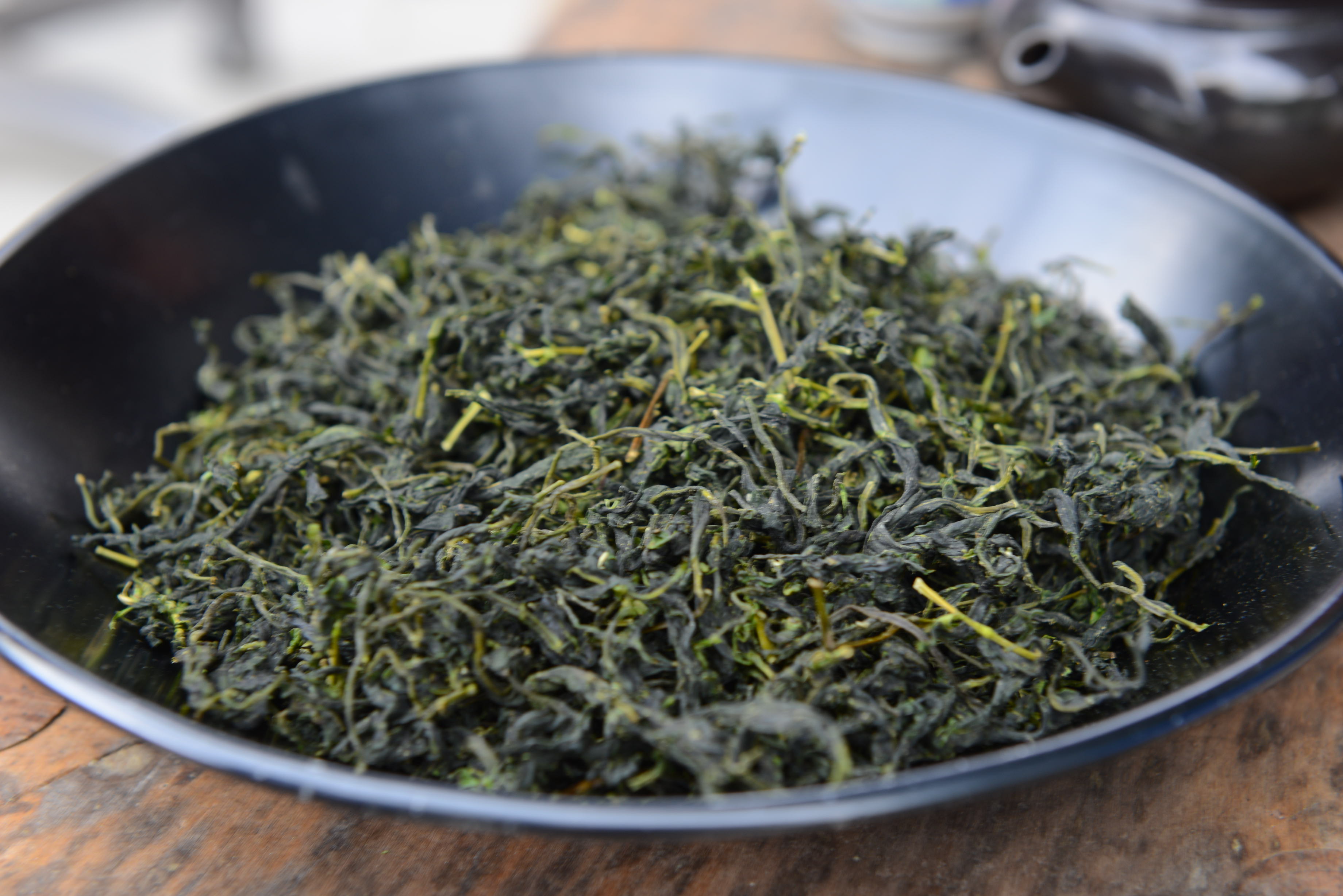
Japanese tea to be loved across generations and borders
In recent years, Japanese tea has been receiving much praise overseas, and kamairicha is no exception.
Mr. Yoichi Korogi of Gokase Midori Teas, who has traveled to Paris and the US to demonstrate pan-fried tea making says that the rising interest towards Japanese tea abroad is very much tangible.
He smiles as he explains that even those who are not familiar with kamairicha, like the younger generation and people overseas, recognize its deliciousness right away when they have a sip.
The tea's unique flavor and taste has the allure to attract people of different generations and nationalities.
Mr. Korogi has been continuously pursuing chemical-free cultivation on the rich soil of Gokase, and perhaps his sincere attitude towards kamairicha production is another reason for why people are attracted to the tea.
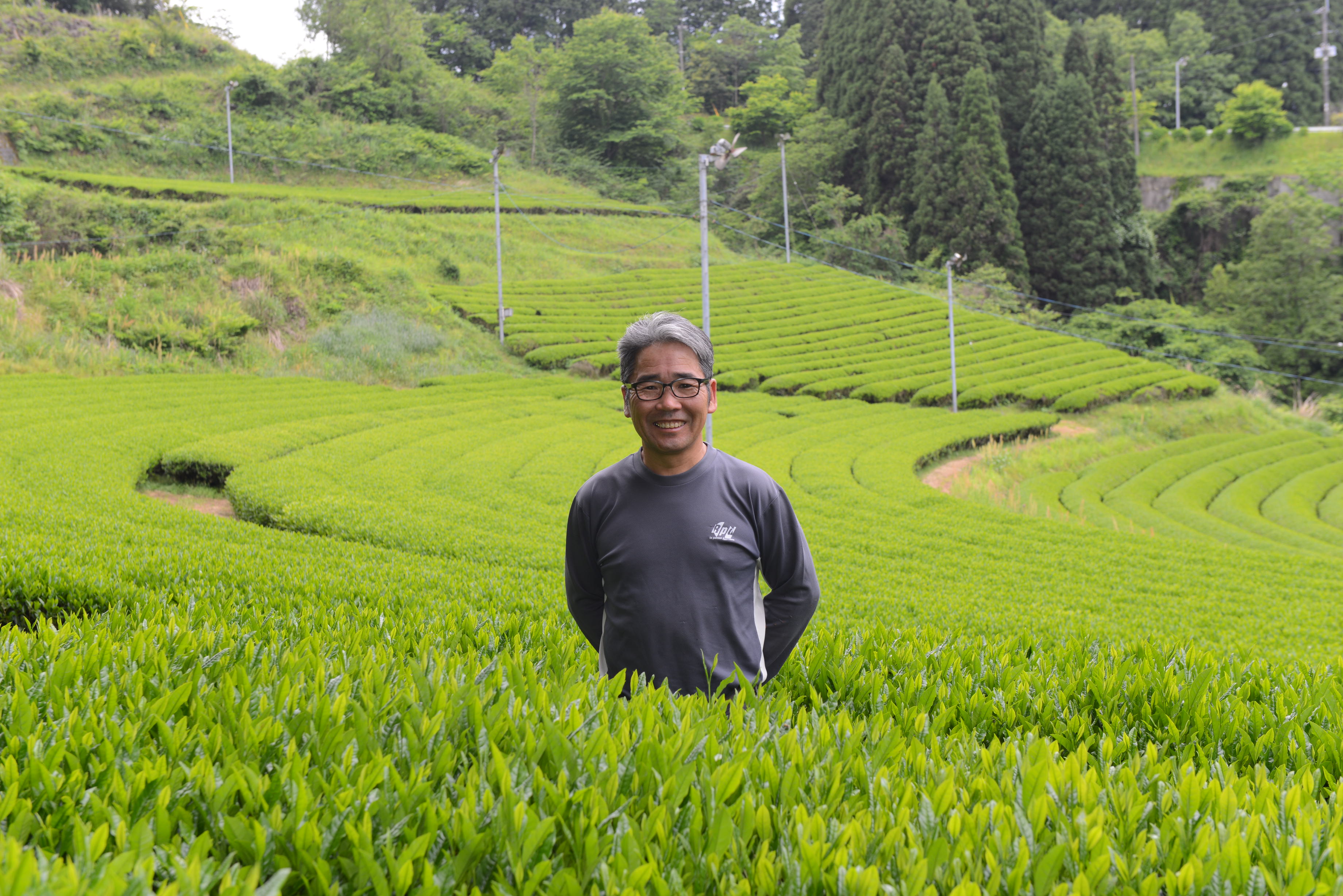
Passing down traditional methods
Till around the mid-60s, every farm in Gokase pan-fried their tea manually.
However, due to advances in mechanization since the late 60s, traditional tea making methods are today fading.
In a bid to pass down traditional tea making methods to the younger generations, the Shinryokukai, an organization of local tea farmers, visits schools to give children hands-on lessons on picking and pan-frying, as well as conducting demonstrations at local stores.
Furthermore, people from not only Japan, but from around the world come to Korogi to train and learn how to produce kamairicha. Although most processes are done by machine at Gokase Midori Teas, trainees are all required to manually pan-fry tea at least once.
"I don't think that machines are bad," Korogi explains, "but I do feel that unless one knows the goodness of manual pan-frying, as it is the basic method, they will not be able to fully use machines. I think it is important to understand the merits of both methods and then think about how we can hand down our skills and methods in a way that is appropriate for the times."



